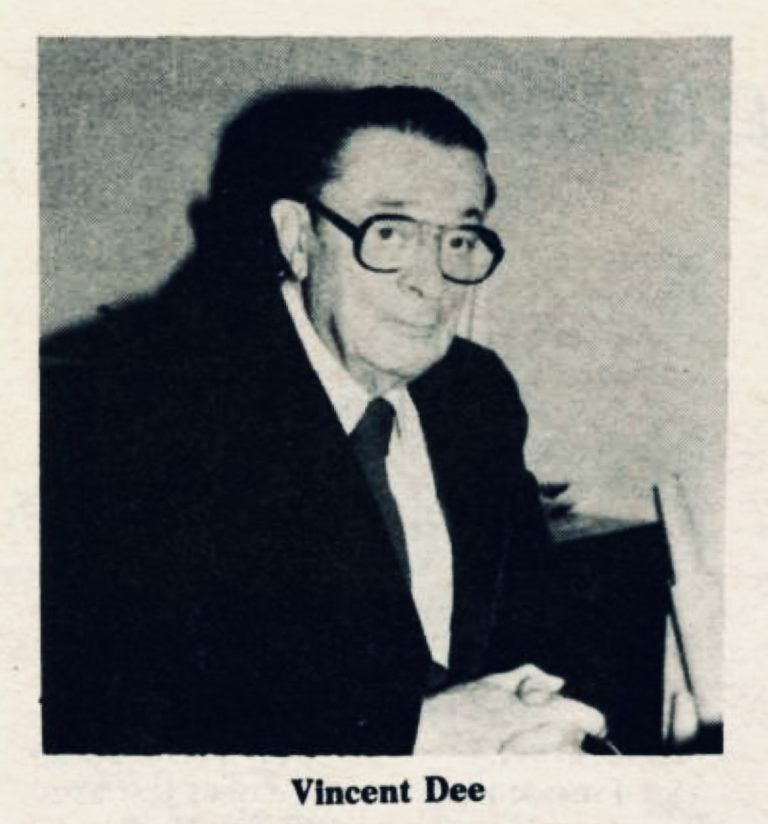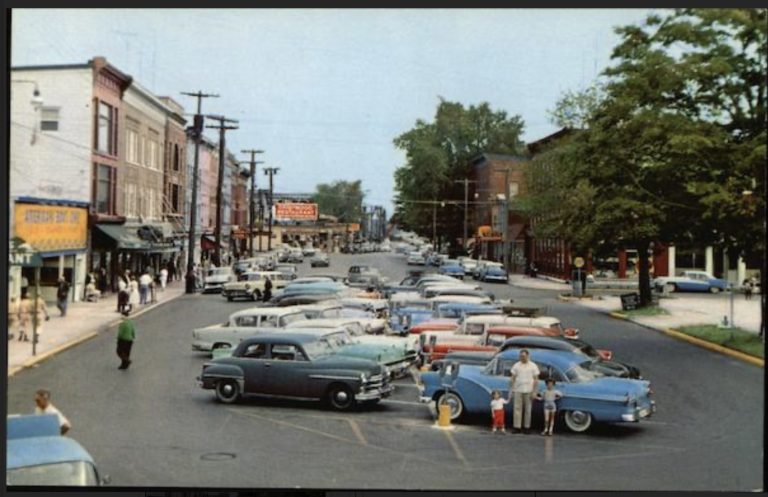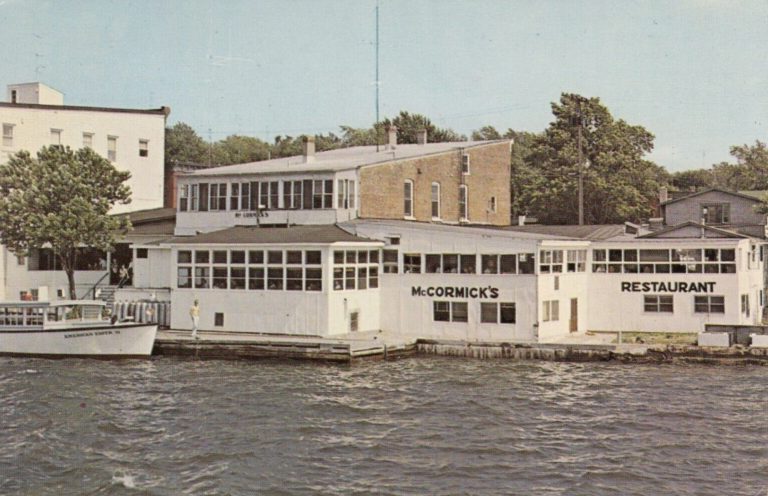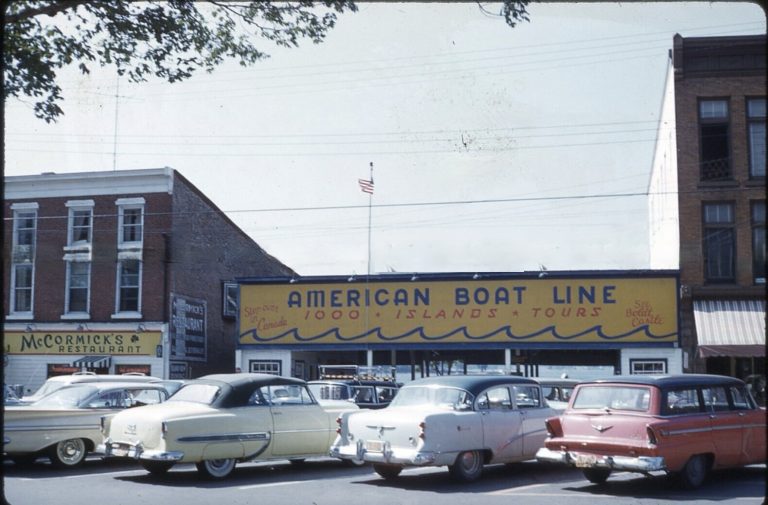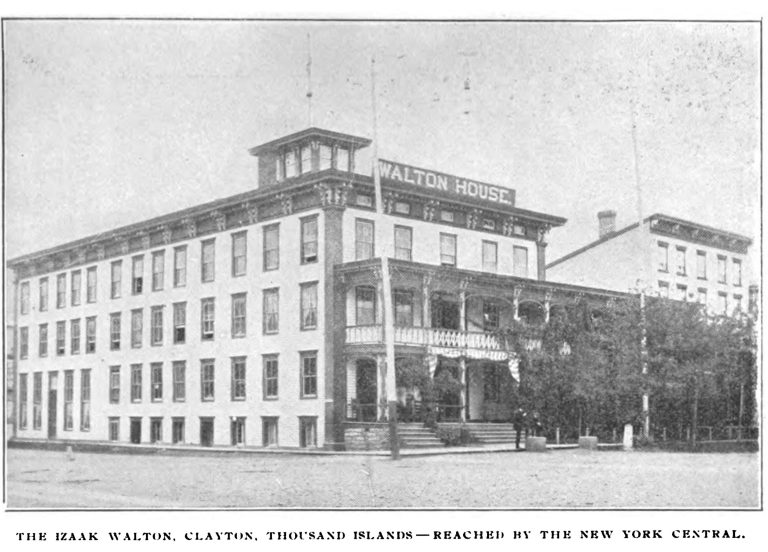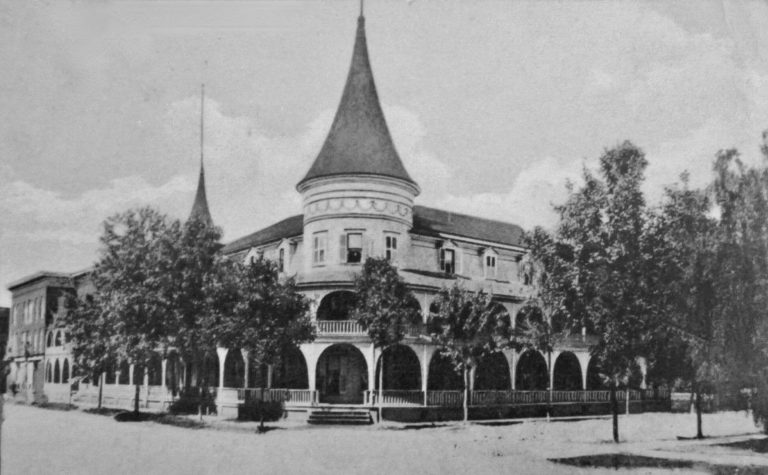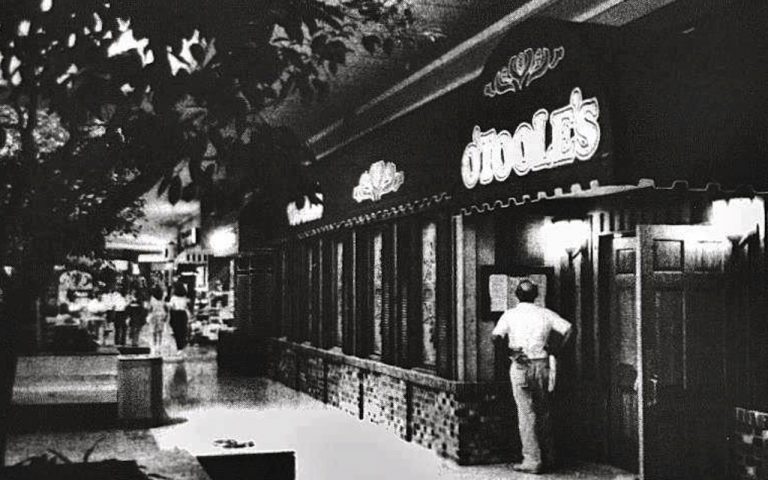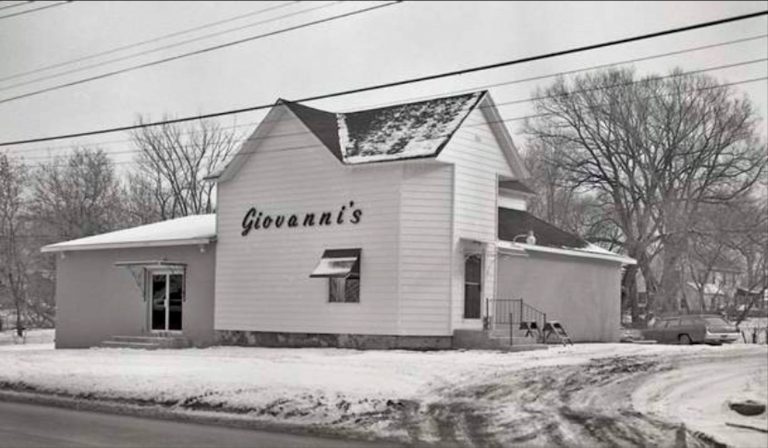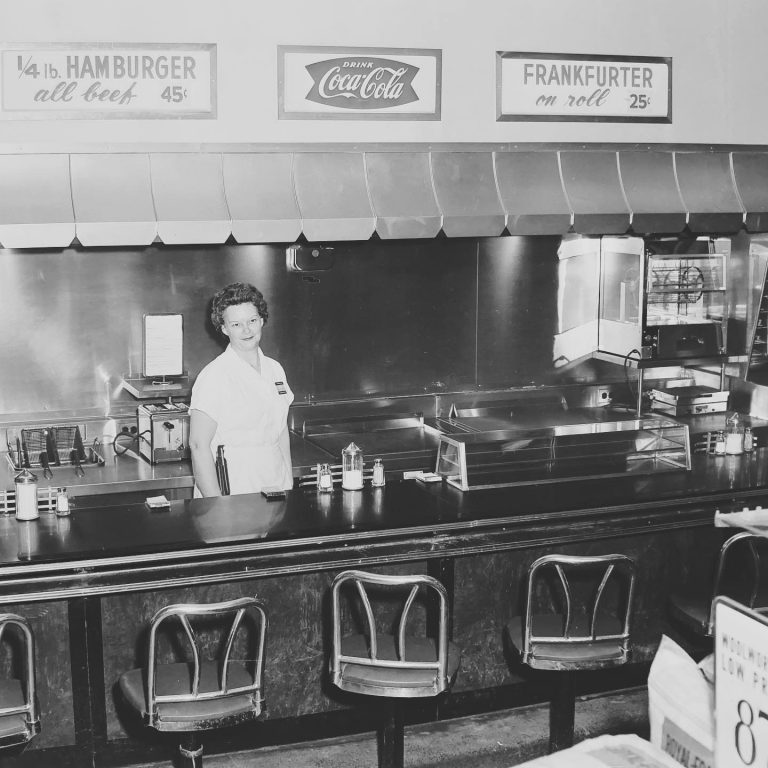Vincent Dee opened McCormick’s in 1947, Beginning a Career Bolstering Travel and Tourism in the 1000 Islands Region.
During its 36-year history, McCormick’s, Vincent Dee‘s restaurant at 612 Riverside Drive, Clayton, was a gathering point for Canadians and Americans alike, a “riverside political watering hole,” and a family business. Dee perhaps did more for travel and tourism for the Thousand Islands region and Northern New York in the modern era than anyone else. One needs to look no further than Boldt Castle, acquired by the Thousand Island Bridge Authority when Dee was chairman in 1977, as just one of many achievements that bolstered area tourism.
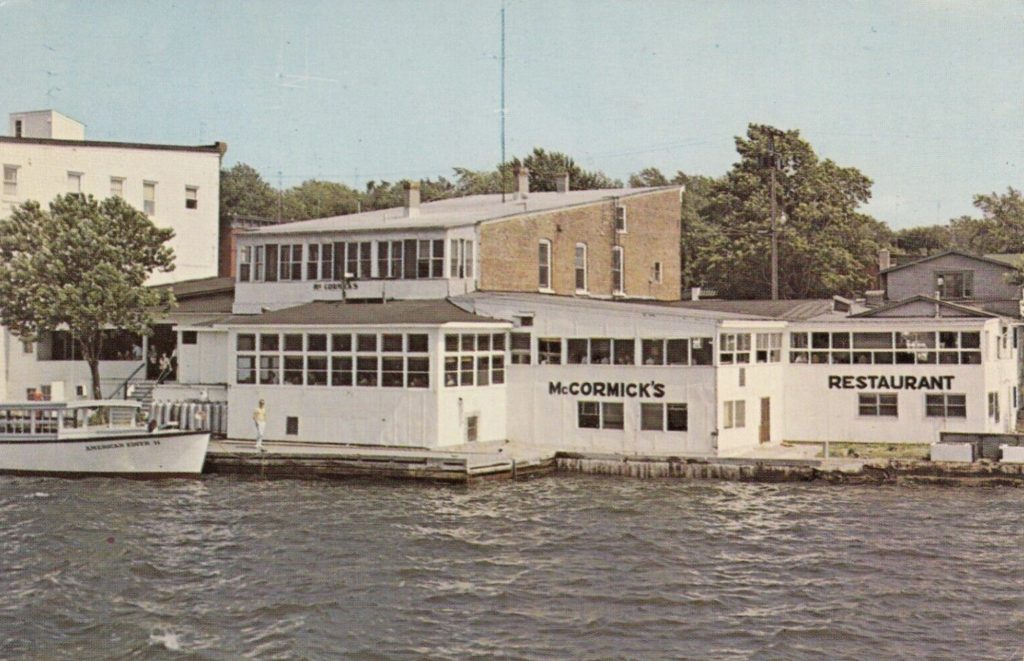
Born Vincent De Dominicis in New York City on July 15, 1917, Vincent attended local schools and earned a bachelor’s degree from St. John’s University in 1936. It would be the start of a life-long dedication to continuing education that saw him achieve a master’s from NYU, a diploma in motel and hotel restaurant management from LaSalle Extension University in 1975, a diploma from the American Society of Travel Agents in 1976, another master’s, this time from Goddard College, in 1977, and a doctorate from George Washington University in 1983.
In addition to his learning, he was an associate professor at Jefferson Community College in Watertown, NY, from 1966 to 1992, when he became adjunct associate professor. While teaching there, he also developed the degree program for the school’s hospitality and tourism program. He also taught at Syracuse University (1945, ’47, and ’48) and the University of Nebraska, Lincoln, in 194o.
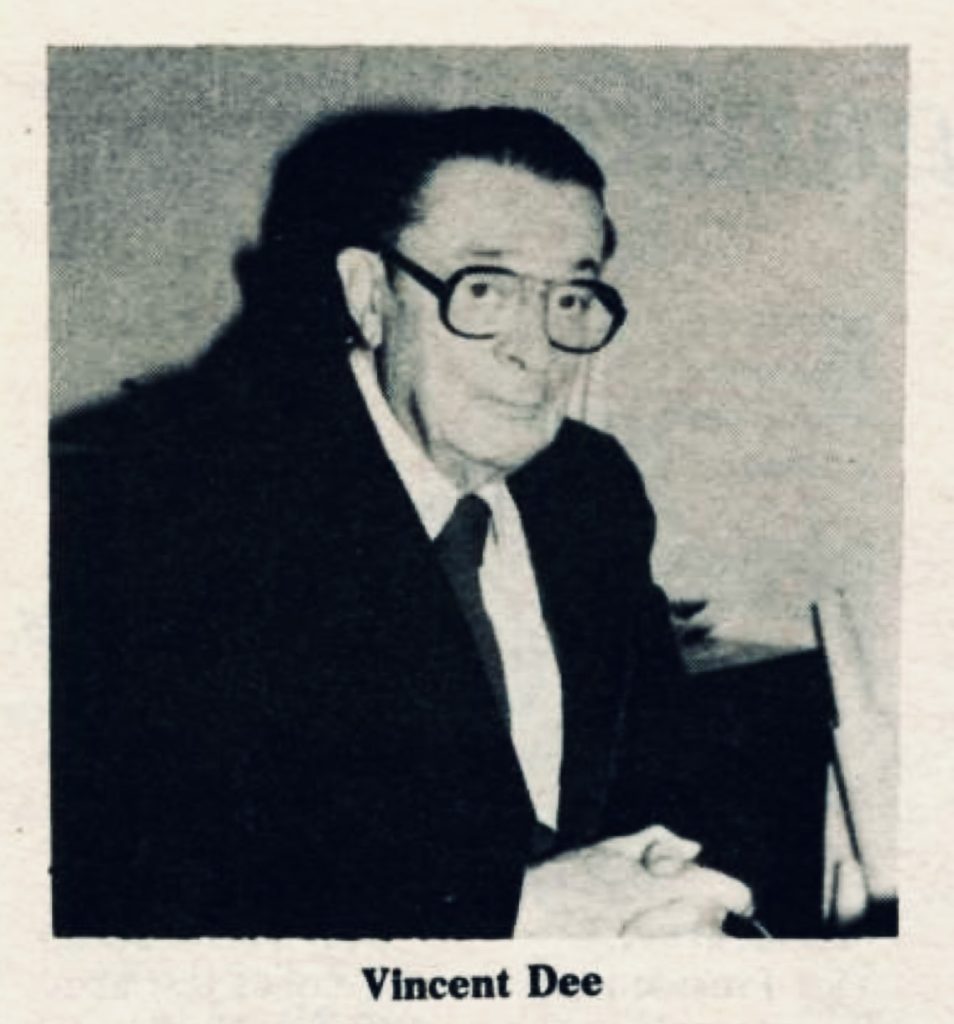
According to the Watertown Daily Times, Dee purchased the former Thousand Islands Restaurant located at 612-614 Riverside Drive, Clayton, in 1945, renaming it McCormick’s Restaurant after his first wife, Mary McCormick Dee, who died in 1975. Other sources stated the restaurant officially opened in 1947.
The history of the building is somewhat murky; even village historians had difficulty locating much after McCormick’s Restaurant was destroyed in a late December 1983 fire. The Thousand Islands Restaurant was opened in 1925 by Edward E. Rabideau and his wife, Nellie. According to an article from June 8, 1942, the Breslow Men’s Furnishing Store on Riverside Drive was going out of business after 80 years. It was started by Simon Breslow in the building then occupied by the Thousand Island Restaurant, putting its construction date as early as 1862, if not earlier.

The Thousand Island Restaurant had a history of being a very popular tourist spot. After Edward Rabideau died in 1932 at 41, his wife Nellie continued the business and later purchased the Village Inn in 1938. In August 1932, The Thousand Island House was visited by Dr. J. F. “Jafsie” Condon of the Lindbergh kidnapping case. The incident was written in the August 8th edition of the Watertown Daily Times—
Dr. J. F. “Jafsie” Condon of the Lindbergh kidnapping case visited Clayton, and was first recognized at the Thousand Islands Restaurant.
“When he came into the restaurant, the place was thronged with persons. There were villagers, some of the excursion crowd and tourists. The restaurant staff was having a busy time of it, trying to accommodate everyone. “Jafsie” looked at the throng as he entered and said, “What, has everyone been to church?”
Attention was attracted to him and when he added that he guessed he could stand, the crowd began to laugh. Dr. Condon then introduced himself to the proprietor of the restaurant, some of the crowd having already recognized him.
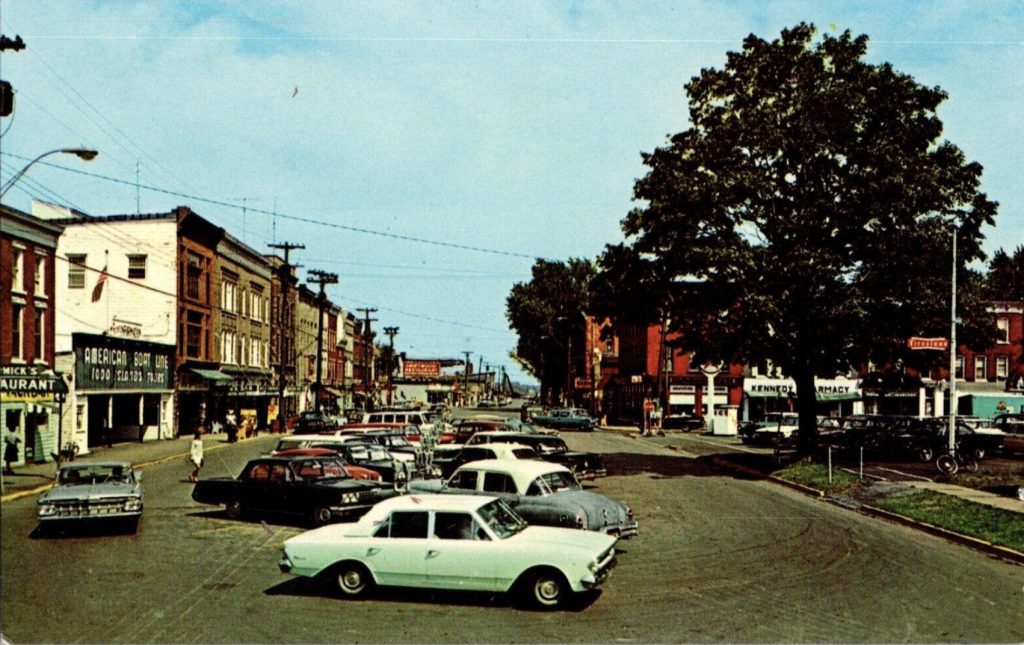
As McCormick’s under Vincent Dee, the restaurant grew in popularity due to Dee’s community involvement and vision for a tourism rebirth. Much like the early park associations building magnificent hotels to lure prospective land buyers, Dee used his restaurant as a destination and host for numerous civic and local events, including weddings and gatherings.
Building upon McCormick’s being one of the largest restaurants in the area, Dee also opened International Boat Tours, located next to the restaurant. The pairing of the two businesses—sons Paul ran the restaurant while Vince Jr. operated the boat line—allowed people to have dinner and a cruise from one convenient location. Vincent Dee didn’t stop there; he pioneered the motor coach business to facilitate travel to Northern New York.
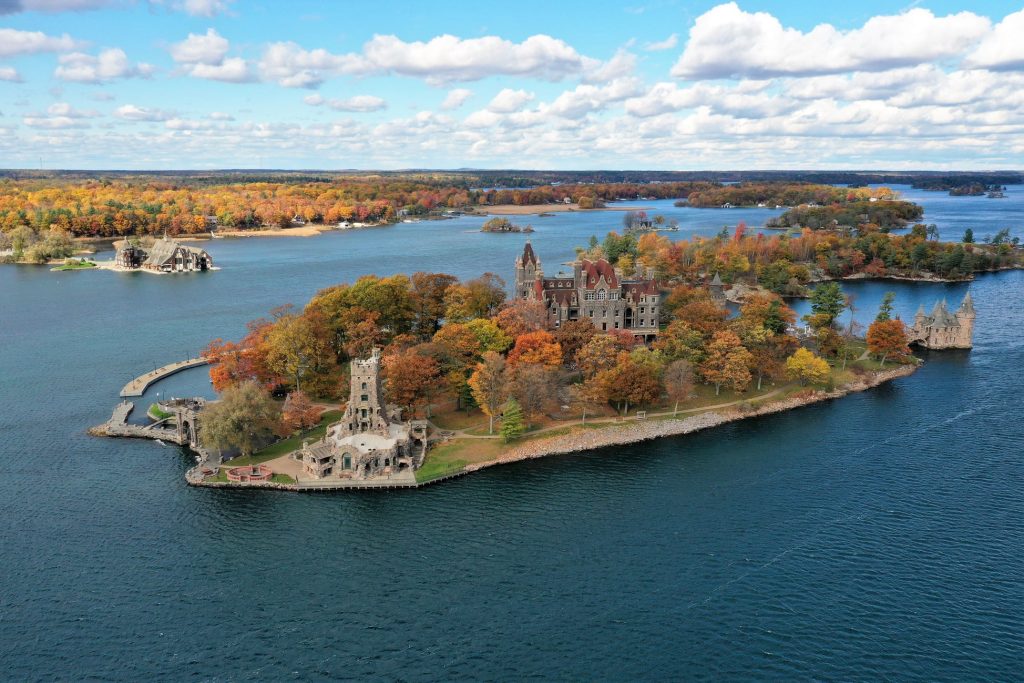
One could say that, in hindsight, Dee’s personal businesses were a form of building blocks for the potential tourism to come. In 1949, he joined the Clayton Chamber of Commerce and was president for two years. In 1953, Dee and W. Grant Mitchell established the International Council of the Thousand Islands to promote tourism. In 1962, he was president of the Thousand Islands Museum, a title that lasted until 1970 when he became director, and later in 1993, president of the Thousand Islands Craft School and Textile Museum.
Dee joined the Thousand Island Bridge Authority (TIBA) in 1971 and became its chairman in mid-February 1977. By then, discussions had already been held with the E. J. Noble Foundation about potentially gifting the TIBA Boldt Castle and its yacht house on Wellesley Island. One of the first decisions Dee faced as chairman was the potential gift and developing a financial plan. As reported in the February 17, 1977 Watertown Daily Times article—
He (Dee) suggested the TIBA meet in a special session solely to discuss the proposal and to work out a financial plan requested by the planning committee.
“It would be a crime to take that area and, because of short-sightedness, not do what should be done to benefit the county,” Mr. Dee said.

While The Times had reported Boldt Castle had been profitable, the Thousand Islands Club had lost an average of $40,000 each of the past five years, prompting the foundation’s desire to rid itself of it due to tax purposes. The county supervisors expressed concerns about whether the properties would turn into money-losing ventures after turning over to the TIBA. Dee’s vision included borrowing money to refurbish the deteriorating castle but doing so to the extent that “It becomes more than a tourist trap.”
As we now know, with 47 years in the rearview mirror, Boldt Castle has become a major tourist destination with a large economic impact on the region—and Dee married his second wife there in June 1977, Mrs. Alana Masters de Meurers. Despite the romantic setting of Heart Island, the marriage ultimately ended in divorce. Unfortunately, the personal and professional highs of 1977 were followed by tragedy six years later.
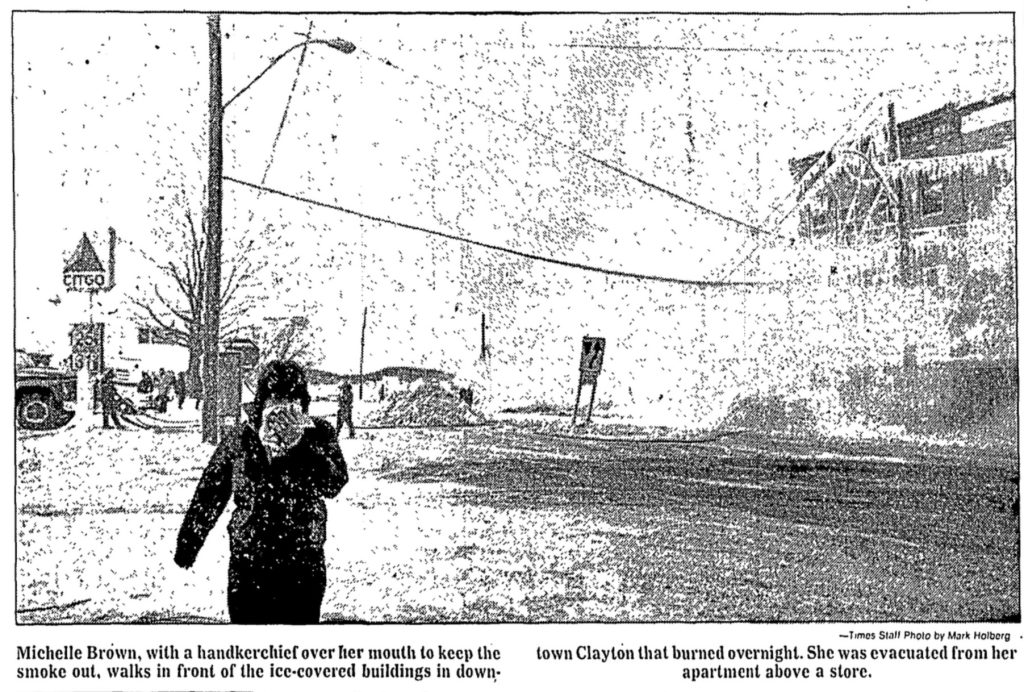
On the evening of December 29, 1983, a breaker panel malfunctioned in the basement of McCormick’s Restaurant, starting a blaze that would destroy three downtown buildings (later stated as seven properties) and claim the life of Vincent’s son, Paul, who was working at the time. According to the investigation, a contactor malfunctioned, energizing the heating system.
As reported in the December 30, 1983, edition of the Watertown Daily Times—
More than 100 volunteers battled the fire, which was still not entirely extinguished at 11 this morning—more than 17 hours after it was reported.
Paul Dee, 29, who owns McCormick’s with his father, Vincent Dee Sr., the chairman of the Thousand Islands Bridge Authority, has been missing since he reported the fire.
The younger Mr. Dee called the Jefferson County Sheriff’s Department at 6:11 p.m. to report the fire, according to sheriff’s records. The sheriff’s report showed Mr. Dee called from the restaurant.
According to deputies, Mr. Dee had called his wife at about 5 p.m. saying he was staying late to work on the restaurant, which he was reportedly remodeling to house a small conference center.
According to The Times, seven properties valued at $450,200 by town assessors were destroyed, three of which were owned by the Dee family and totaled $205,000. The assessed value does not include the buildings’ contents, which pushed the total loss to an estimated $1,000,000. Seventeen fire departments responded to fight the blaze.
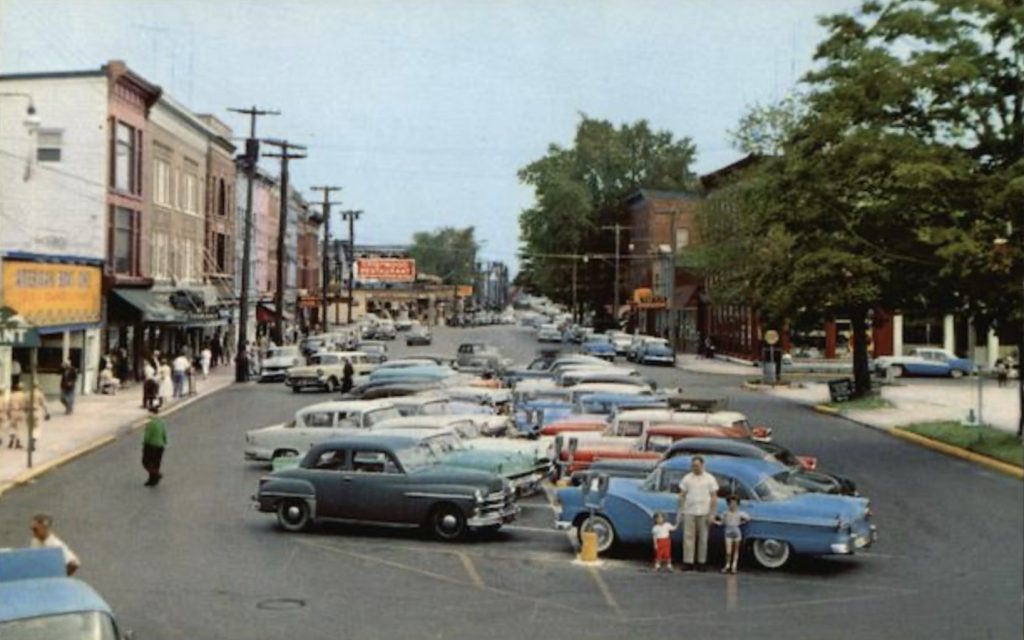
The loss of McCormick’s, along with other restaurants in recent fires, left a gaping hole in Clayton’s tourism. Initially, a convention hotel was eyed for the land, an idea that had been part of the community’s 1982 master plan, albeit with an unknown location. Plans were unveiled for a 164-room, $9.6 million hotel complex in August of 1984, filling the land vacated by the restaurant and boat tour, but it would be another three decades for the 1000 Islands Harbor Hotel to open at the opposite end of Riverside Drive.
Despite the personal losses and tragedy, Vincent Dee remained committed to ensuring Clayton and the Thousand Islands had a thriving tourism business. In 1984, Dee, of Italian and Irish descent, discussed festival ideas with Mayor T. Urling Walker that would benefit Watertown. The result of one was the Bravo Italiano festival. The second was Irish-focused with Watertown Goes Green, which started in 1985 and changed its name to North Country Goes Green in 2004. The third was Snowtown, USA. 1985 also saw Dee, known as “Mr. 1000 Islands,” one of three recipients of individual achievement recognition from the State Commerce Department at the agency’s I Love New York awards dinner.

In 1990, Vincent Dee was selected as Clayton’s Citizen of the Year. The award, given by the Clayton Chamber of Commerce, was humbly accepted by Dee, who didn’t think he was deserving, stating, “There are others down there who are equally as qualified. But I’ll accept it because I’d be doing a disservice to the committee if I didn’t.”
The award would be one of several in Vincent Dee’s final years. He passed away on January 4, 1995, at 77. He continued to work tirelessly as the chairman of the Thousand Island Bridge Authority and as an adjunct associate professor at JCC until his death—and while that was nearly 30 years ago, the fruits of his labor continue to benefit and enrich the region and will continue to do so for generations to come.
